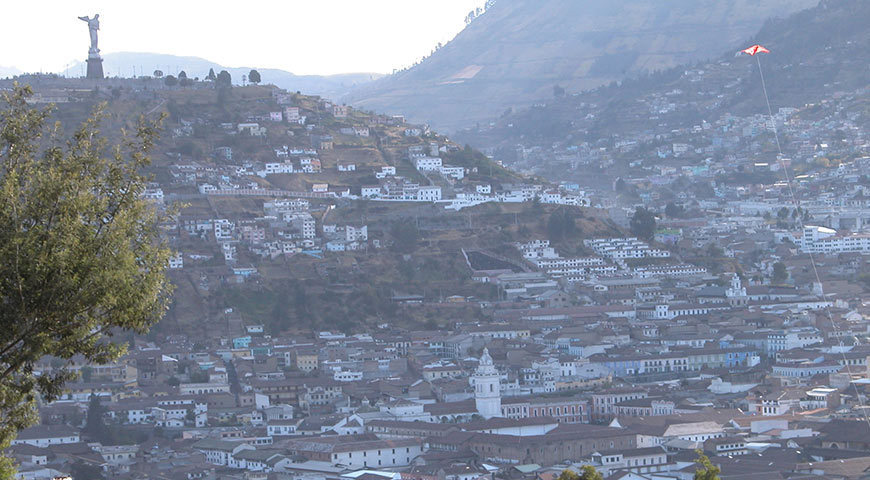

A trek through Ecuador without a stop in Galapagos is possible
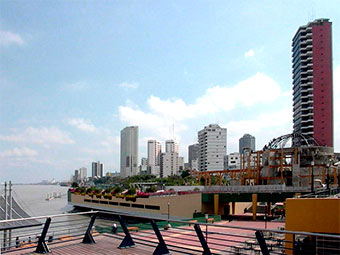 GUAYAQUIL, Ecuador — No offence against the Galapagos Islands. Home to giant tortoises, blue-footed boobies, marine iguanas and other exotic creatures, the archipelago off Ecuador’s coast ranks for me — and many other travellers — among the top places to visit before I die.
GUAYAQUIL, Ecuador — No offence against the Galapagos Islands. Home to giant tortoises, blue-footed boobies, marine iguanas and other exotic creatures, the archipelago off Ecuador’s coast ranks for me — and many other travellers — among the top places to visit before I die.
Yet with only two weeks to spend in Ecuador, we drew up an itinerary that bypassed the famous islands in favour of a whirlwind mainland trek that would take my husband and me from the mountains to the rainforest to the southern highlands and finally the Pacific coast.
Skip the chance to see Lonesome George? Are we crazy? Was there even enough to see and do in a country the size of Colorado?
Ecuador may be one of the smallest South American countries, but its outsized natural and cultural wonders are unparalleled. Two weeks is just enough time to taste the Andean nation’s offerings and still be hungry for more.
While Charles Darwin may have been enamoured with the Galapagos, Ecuador offers far more. We ended up with an itinerary that took us to five very different places — Quito, the capital; a jungle lodge; the colonial city of Cuenca; the surf town of Montanita; and the country’s largest city, Guayaquil.
We planned and booked our trip the hard way — on our own, using guidebooks, Internet reviews and word-of-mouth from friends who once lived there — and without the help of a travel agent or organized tour. The one exception was in Guayaquil where I have extended family who were eager to show us around.
Sometimes we winged it, showing up at a hotel without a reservation, and we used a variety of transportation — including planes, boats and buses — to travel from region to region. Our only requirement was that we experience the different Ecuadorean climes in one trip in an effort to sample the country’s diversity.
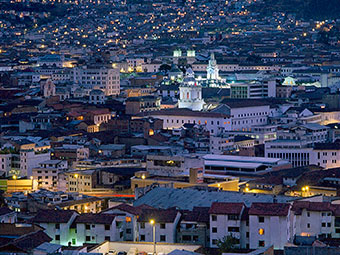 Our Galapagos-free journey began in Quito, ringed by dramatic volcanic peaks and boasting a revitalized Old Town, a historic centre of lively plazas, soaring churches and colonial architecture where we spent most of our time.
Our Galapagos-free journey began in Quito, ringed by dramatic volcanic peaks and boasting a revitalized Old Town, a historic centre of lively plazas, soaring churches and colonial architecture where we spent most of our time.
Several mornings, we sat on a bench in the Plaza Grande, the main square, and watched couples strolling hand-in-hand, men in business suits breezing by, indigenous women selling their wares and shoeshine boys looking to make a few quarters.
We stood in line for an hour to tour the Palacio del Gobierno — the Presidential Palace flanked by two modelesque uniformed guards — where we got a peek at the grandiose dining hall, the room where the president powwows with his cabinet ministers and a space filled with portraits of past Ecuadorean presidents.
For a bird’s-eye view of the city, we hopped on the Teleferiqo, a gondola ride that takes passengers up the flanks of Pichincha volcano. Once at the top some 4,085 metres high, we climbed the trail to the volcano, but did not summit because of clouds and mist that obscured the view.
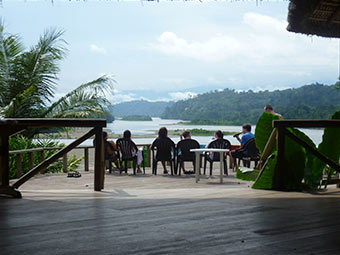 We soon traded the Andes altitude for the Amazon jungle, flying into the oil town of Coca. From there, we boarded a motorized canoe for a 2 1/2-hour trip up the Napo River to the Yachana Lodge, one of several eco-lodges overlooking the Amazon River tributary.
We soon traded the Andes altitude for the Amazon jungle, flying into the oil town of Coca. From there, we boarded a motorized canoe for a 2 1/2-hour trip up the Napo River to the Yachana Lodge, one of several eco-lodges overlooking the Amazon River tributary.
During a night hike and day trek into the rainforest, we encountered monkeys, toucans, bats, lizards and countless insects. We got our wildlife fix — even if it wasn’t the Galapagos kind. Sand flies and other biting insects were annoying, but at least we did not have to worry about yellow fever or malaria (they’re not present in the lodge vicinity).
After hiking, we visited a medicine man and tested our blowgun skills using a stuffed parrot as a target (I was one-for-three; my husband three-for-three).
The lodge — with its comfortable rooms and private balcony hammocks — is operated by the non-profit Yachana Foundation, which also runs a technical high school for indigenous and mestizo students living in the Amazon. Our stay coincided with the graduation — the third one since opening in 2005 — of several dozen students.
On our last night in the jungle, we and other guests were invited to an end-of-year party thrown by the teachers. With a single lamp lighting the volleyball court-turned-dance floor, throngs gyrated to Spanish and American pop songs.
From the rainforest, we flew south to the quaint colonial city of Cuenca known for its cobblestone streets and artsy feel. Our timing wasn’t perfect since our only full day fell on a Sunday — a day when most museums and stores are closed.
We hit what we could, including the El Sagrario — the old cathedral turned religious museum — and the Museo de Arte Moderno (Modern Art Museum). We spent part of the afternoon ambling the banks of the Tomebamba River and admiring the colonial houses that seemed to hang precariously over it, and passed some time on the steps of the neo-gothic Catedral de la Inmaculada Concepcion — the newer of two cathedrals in the main plaza.
Time to leave quaintness behind. We barrelled west by bus to the sprawling seaport of Guayaquil, a jumping-off point to the Galapagos. Instead, we took a three-hour bus ride up the Pacific coast past sleepy fishing villages to the surf town of Montanita.
High season here is December to May, so it was relatively quiet. But the warm water and rideable waves drew swimmers and surfers despite the drizzly weather. A surfer back home in California, my husband got to try a board made of balsa wood — a material widely found in Ecuador.
We circled back to Guayaquil after a brief beach stay. Ecuador’s largest city has undergone a facelift in the past decade, shedding much of its rough-and-tumble image. Its refurbished waterfront boardwalk — known as the Malecon — is pedestrian-friendly and attracts locals and tourists alike.
North of the Malecon is the bohemian Las Penas, Guayaquil’s oldest neighbourhood housing art galleries and restored homes. We climbed the winding staircase — more than 400 steps — to the lighthouse where we were rewarded with stunning city views.
Guayaquil was the last stop in a packed two-week sojourn through Ecuador. Even after visiting five distinct places, there was still a lot left to experience: A spine-tingling bus ride down the Avenue of the Volcanoes; driving the length of the Ruta del Sol — Ecuador’s version of the Pacific Coast Highway — and camping in the national parks.
And that’s just on the mainland. The Galapagos is a separate story.
On our last morning in Guayaquil, we had breakfast at the Dulceria La Palma, a bustling old-school bakery/cafe, where locals order cooked eggs in a cup. Upon learning that we lived in Los Angeles, our waiter asked for my husband’s autograph. He politely declined.
“La proxima vez,” I said. Next time.
Perhaps next time we’ll also make the detour to the Galapagos.
Source: The Canadian Press
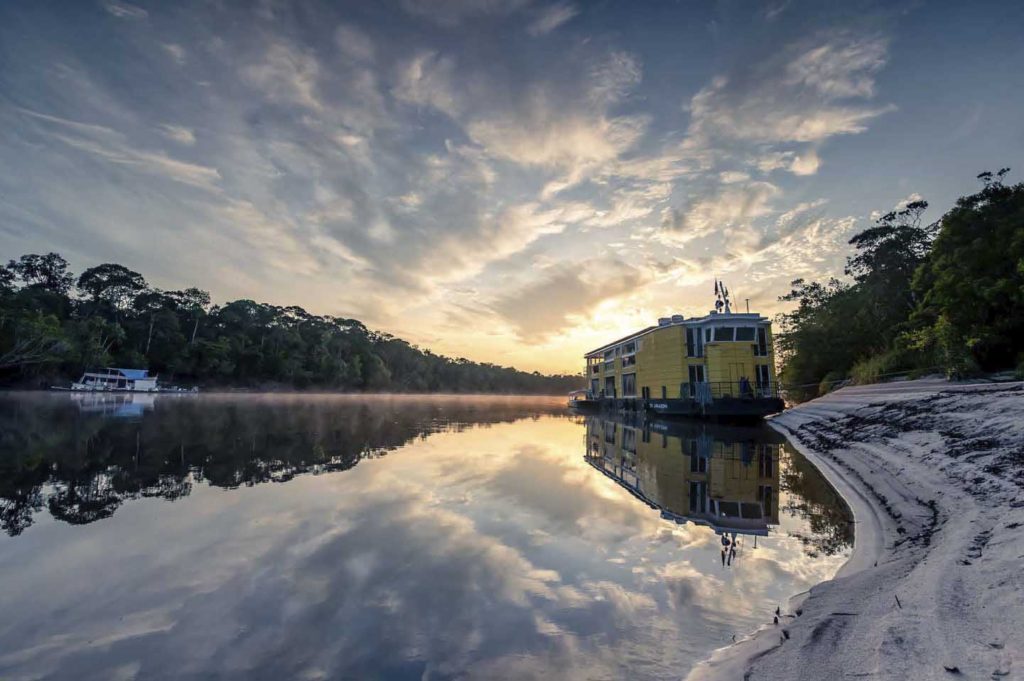
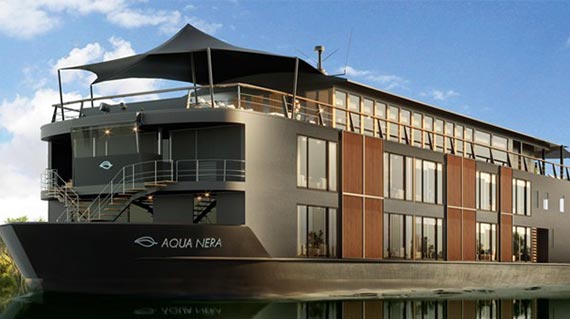
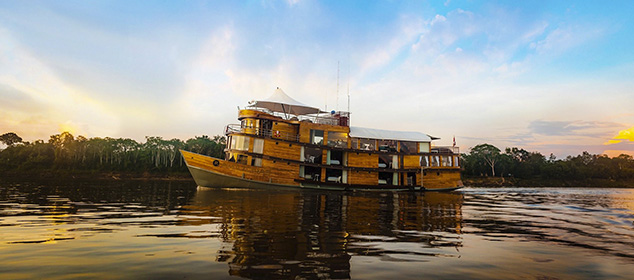
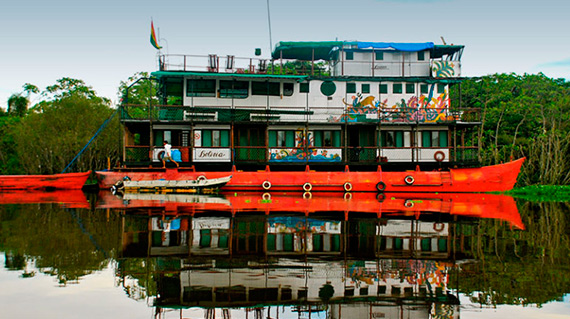
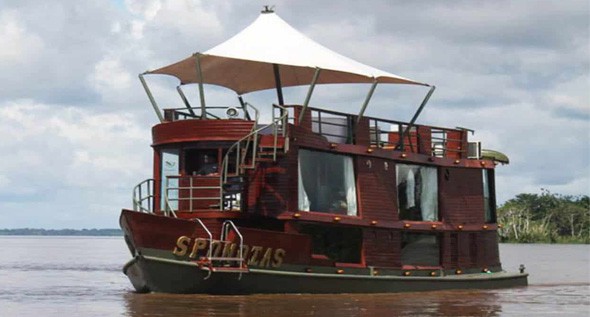
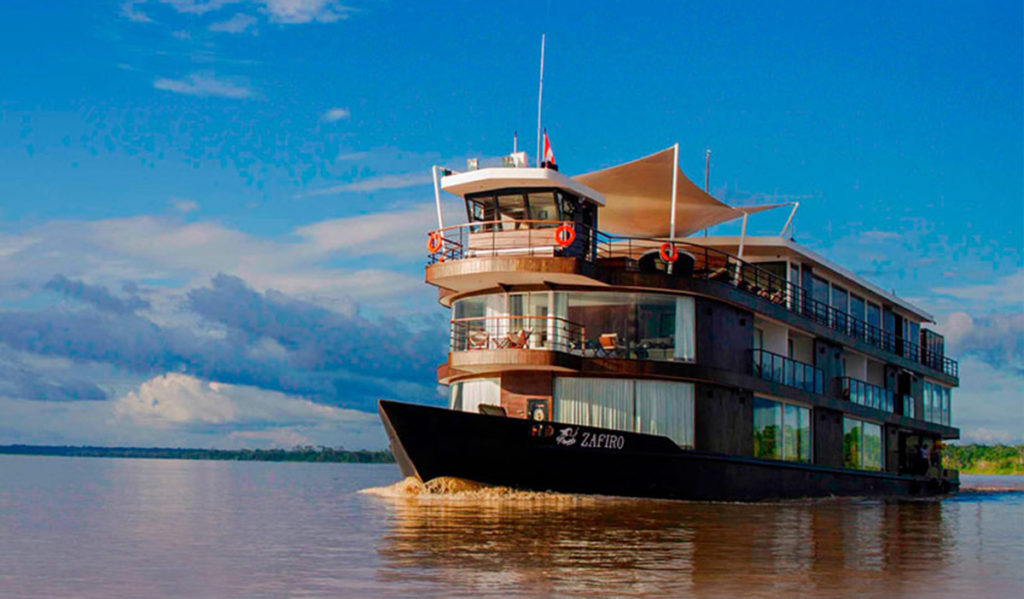
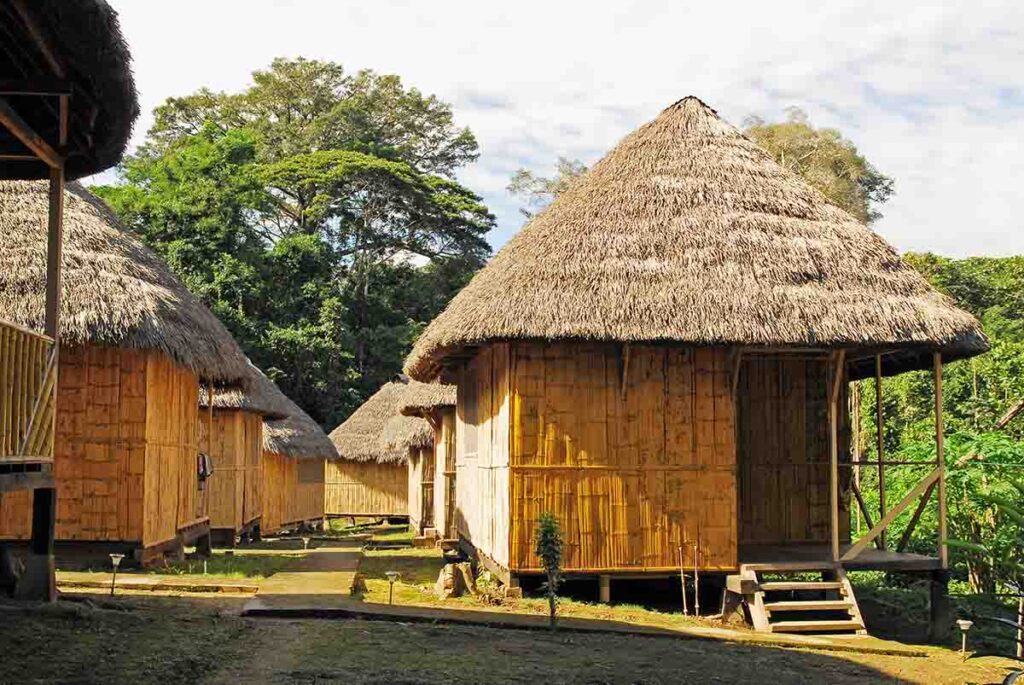
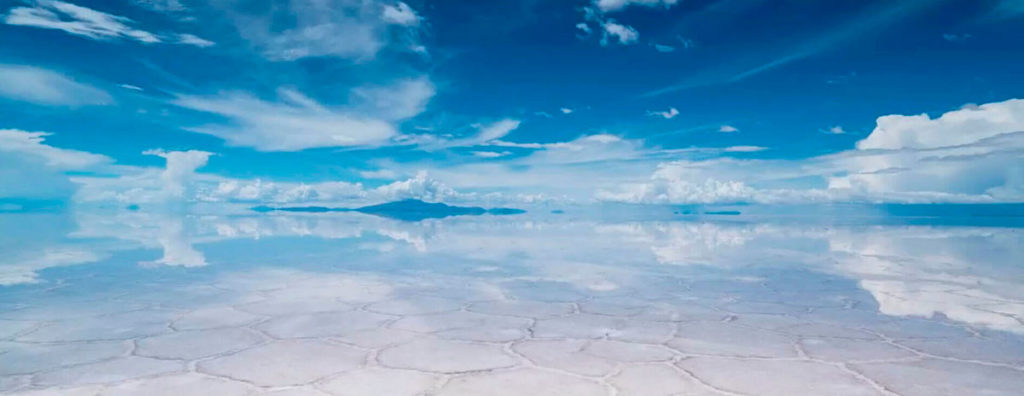
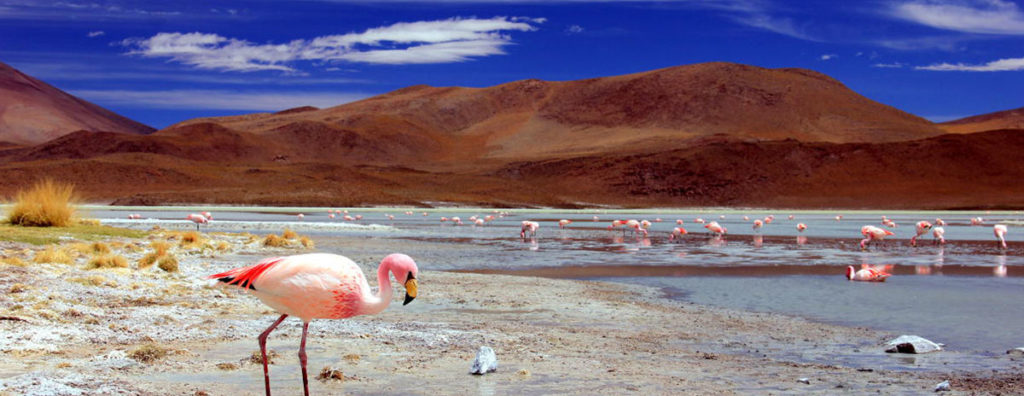
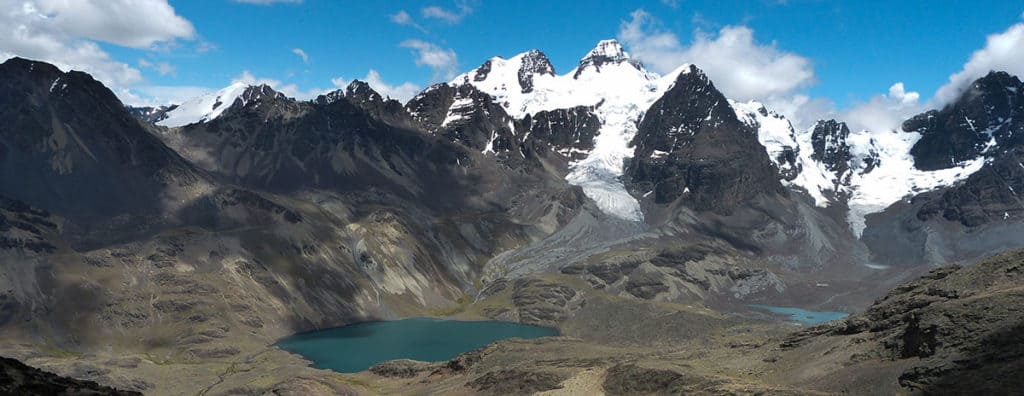
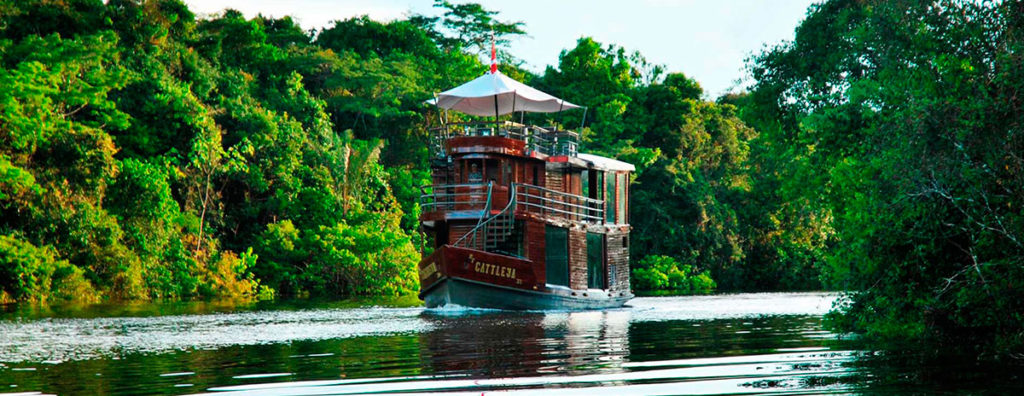
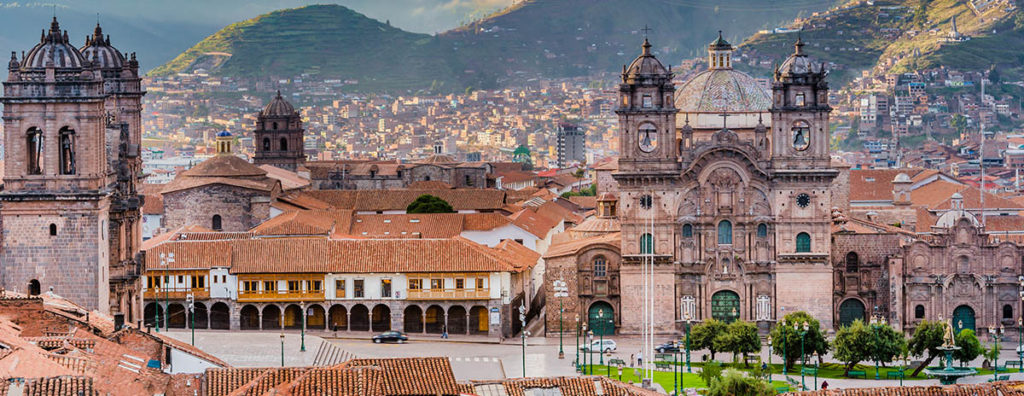
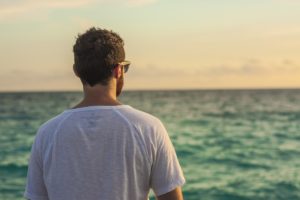
Leave a Comment